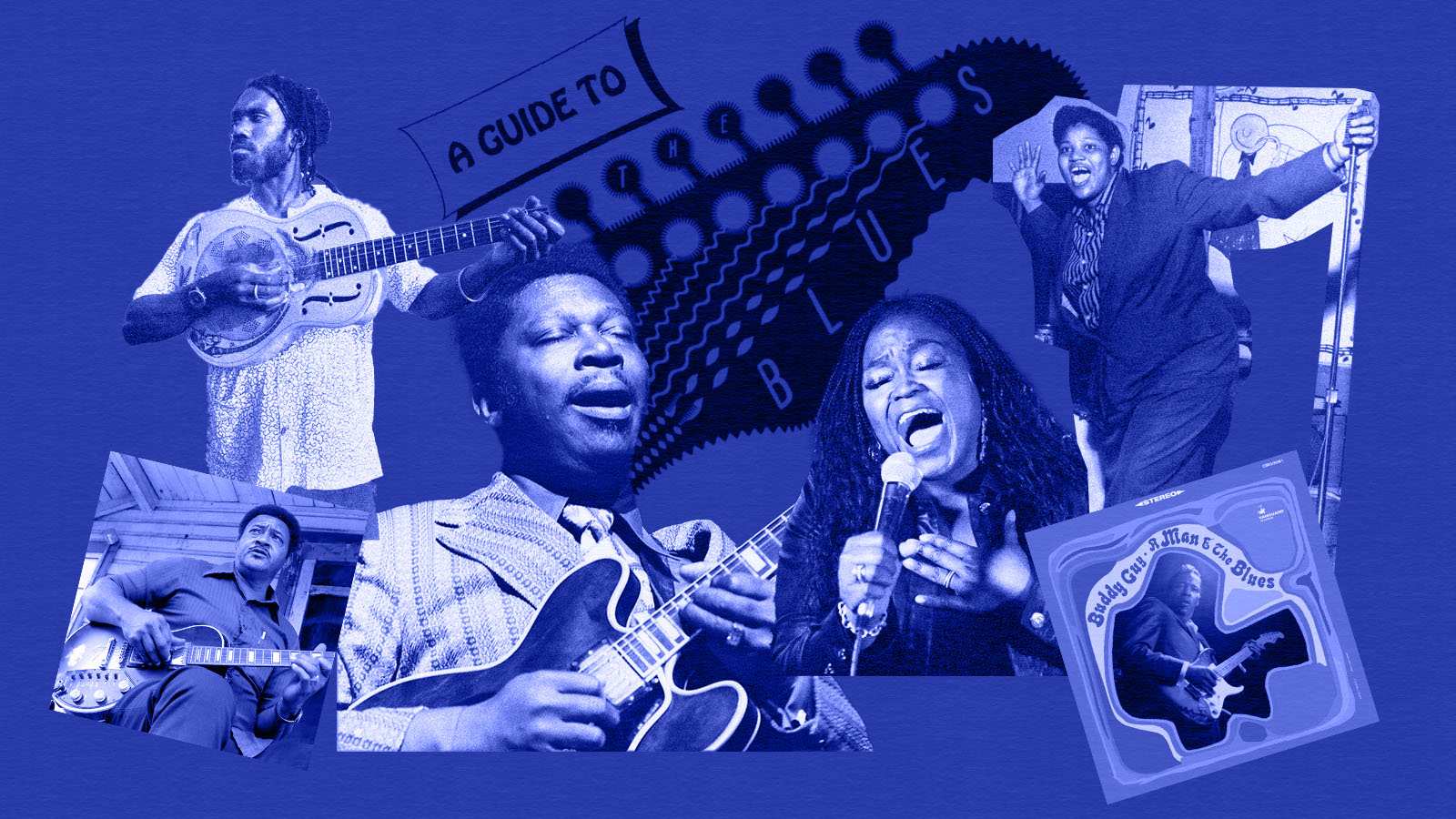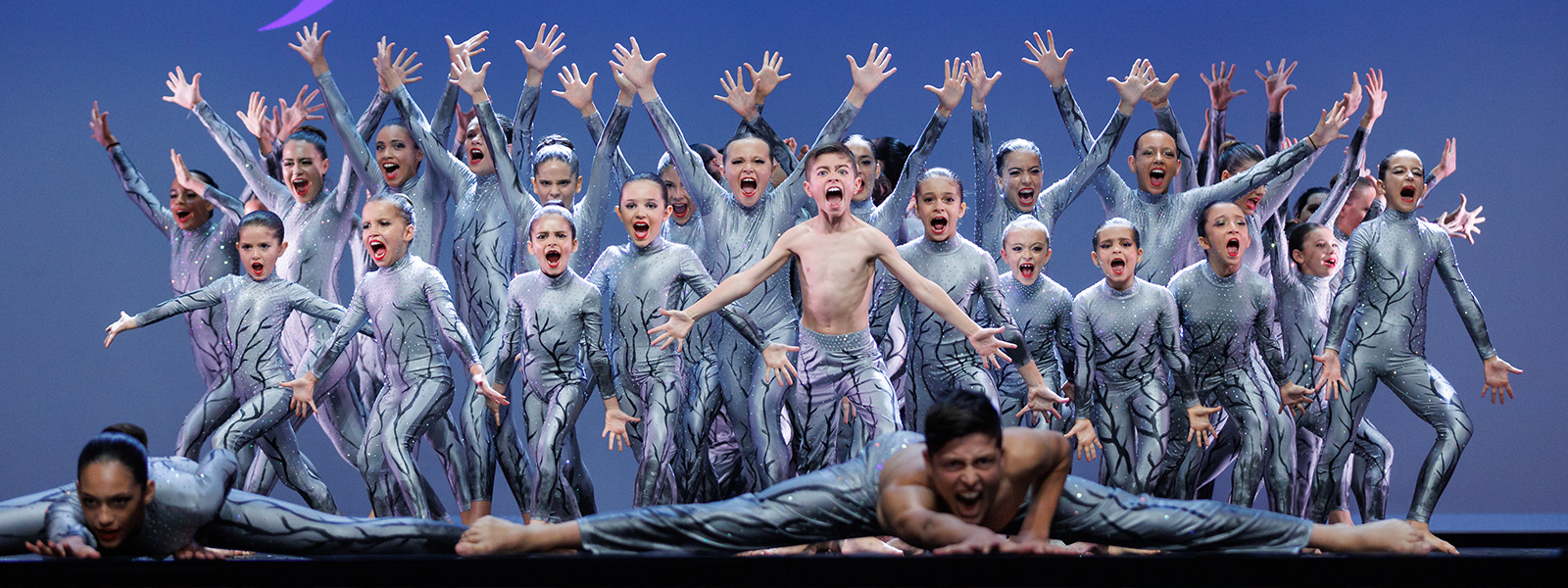Erik Satie (1866-1925) was a French composer whose unconventional style and eccentric personality made him a pioneering figure in the avant-garde movement. His music, often characterized by its simplicity, repetition, and ironic humor, challenged traditional notions of composition and paved the way for future generations of experimental musicians.
Early Life and Career
Born in Honfleur, France, Satie was a self-taught musician who eschewed formal training. He began his career as a cabaret pianist, playing simple, repetitive pieces that often amused and perplexed his audience.
In the early 20th century, Satie became associated with the Parisian avant-garde scene, befriending artists like Marcel Duchamp and Pablo Picasso. He experimented with new musical forms and techniques, often incorporating elements of popular music and jazz into his compositions.
The Gymnopédies and Gnossiennes
Satie’s most famous works are the “Gymnopédies” (1888) and “Gnossiennes” (1890), three sets of piano pieces that exemplify his minimalist style. These works are characterized by their simple melodies, repetitive rhythms, and atmospheric harmonies.
The “Gymnopédies” and “Gnossiennes” have been praised for their meditative quality and their ability to evoke a sense of tranquility. They have also been influential on later composers, including John Cage and Philip Glass.
Other Notable Works
- “Parade” (1917): A ballet collaboration with Jean Cocteau and Pablo Picasso, “Parade” is a groundbreaking work that incorporates elements of popular music, noise, and visual spectacle.
- “Relâche” (1924): A ballet with a surrealist libretto by Francis Picabia, “Relâche” features a score that includes recorded sounds of airplanes and sirens.
- “Socrate” (1918): A dramatic symphonic work based on Plato’s dialogues, “Socrate” is a meditation on philosophical themes.
Legacy
Satie’s influence on 20th-century music is undeniable. His innovative approach to composition, his willingness to experiment with new sounds and techniques, and his irreverent attitude toward traditional musical conventions paved the way for future generations of avant-garde composers.
Satie’s music continues to captivate and inspire audiences today. His unique blend of simplicity, repetition, and irony offers a refreshing and thought-provoking listening experience.
Would you like to know more about a specific piece or aspect of Satie’s music?



